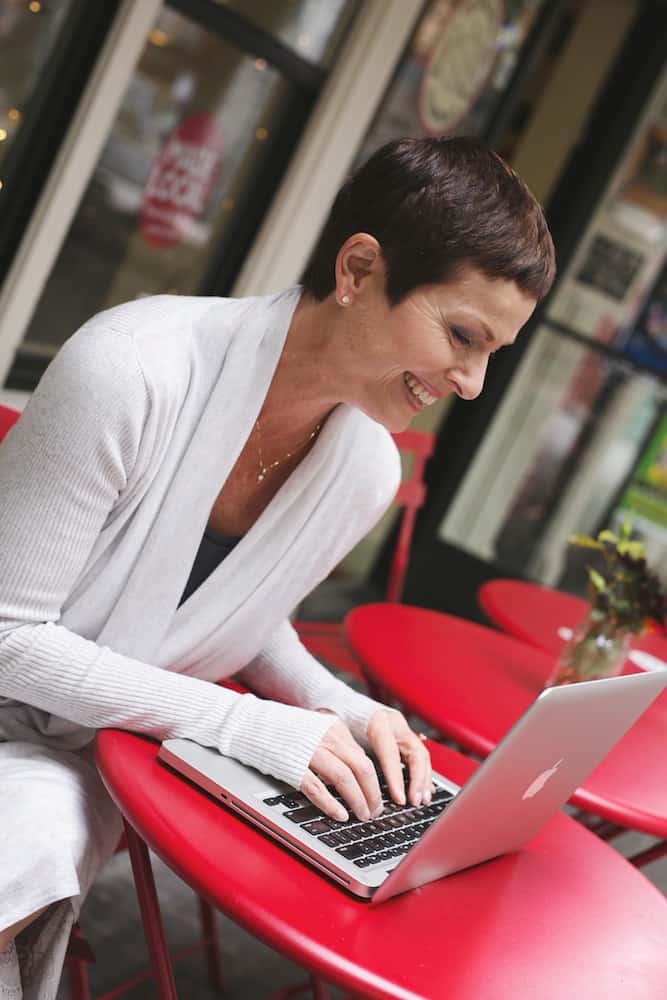Kerry McClure – Practical Wellness
January 25 ·
Stress is a top reason people visit the doctor’s office.
It’s also one of the major items I discuss with clients as we begin work together. One of the things I support my wellness clients with is helping break their addiction to “busyness”. It seems to have become a badge of honor to be busier than the person next to you – more texting, more emails, more likes on Facebook, more to-dos, more, more, more.
I’ve found in my own life, by implementing certain tools and changing my mindset over time, that the concept of “less is more” really rings true in many cases. With these gradual changes I now have more energy, more time, more interest, more positive outlook, more things get done, more creativity, more health, more well-being with less stress, less sickness, less negativity, less worry, less lack of energy, etc.
The following came across my email and it really spoke to me and how I have changed my own thinking and how I move through the world. Here are three myths, truths, and turnarounds to do things differently written by Christine Carter, Ph.D.
“Myth
Busyness = importance
We so often wear our busyness as a badge of honor. We see our ability to withstand mounting levels of stress as a sign of character.
Truth
Busyness = cognitive overload
An overloaded brain hinders performance. It impairs our ability to think creatively, plan, organize, innovate, solve problems, make decisions, resist temptations, learn new things easily, speak fluently, remember important social information (like the name of our boss’s daughter, or our daughter’s boss), and control our emotions.
Turnaround
Single-task
Brains are not computers. They’re not designed to run on multiple tracks simultaneously. Switching back and forth makes us tired, less efficient, and error-prone. When we settle in, put distracting devices aside, and do one thing at a time, we worry less about keeping up with time—and that’s the exact opposite of busy.
——————————————–
Myth
More is better
We live in a more is more culture. We want a more prestigious job, more likes on Facebook, more enrichment activities for our kids, more work so we can earn more money so we can buy more stuff.
Truth
Often, less is more
When we step back from the lie that more is going to be better, we often find that we already have enough.
Turnaround
Find the minimum effective dose
The “minimum effective dose” (MED) is the lowest dose of a pharmaceutical that spurs a clinically significant change in health or well-being. Look for the MED in everything: work, sleep, meditation, blogging frequency, checking email, school volunteering, homework help, date nights.
——————————————–
Myth
Doing nothing is a waste of time
We do not like standing in line waiting for things or staring out the window before everyone has shown up for a meeting. That’s wasting time and time is money…and the only thing worse than wasting time is wasting money.
Truth
Our brains benefit when we waste time
When we let our minds go…to daydream, to wander…an area of our brain turns on that’s responsible for creative insight. And our best work comes from those creative insights—the ones that happen in the shower!
Turnaround
Stare into space
We feel uncomfortable with stillness, with downtime, so we cancel it out by becoming busy again. Instead of just staring out the window on the bus, we read our Facebook feed. We check our email in line at the grocery store. Instead of enjoying our dinner, we shovel food in our mouths while staring at a screen. Give yourself the joy of just staring into space sometimes. What could possibly be easier to put into practice?”
How will you find the “turnaround” with single-tasking, finding the minimum effective dose, and staring into space?
Here’s to
Eating Well. Sleeping Well. Stressing Well. Moving Well.
Source of Inspiration: http://www.mindful.org/achieve-more-by-doing-less/

Recent Comments